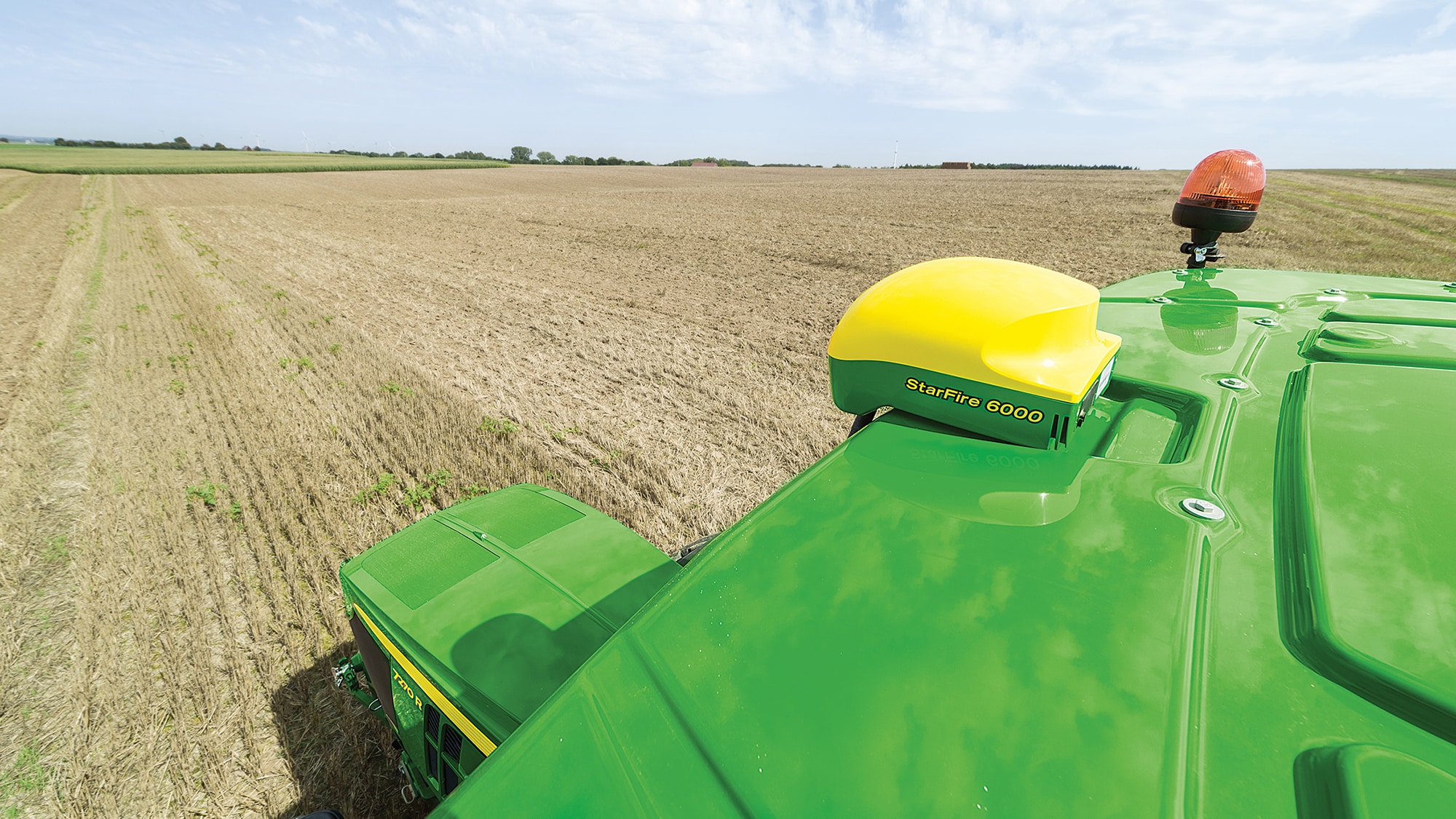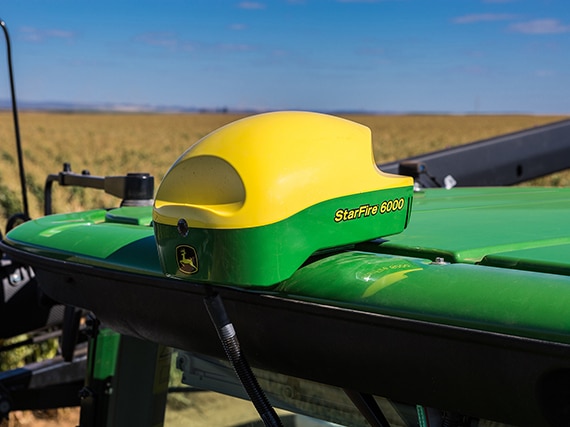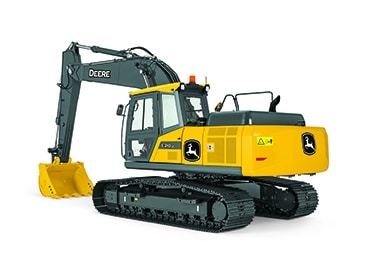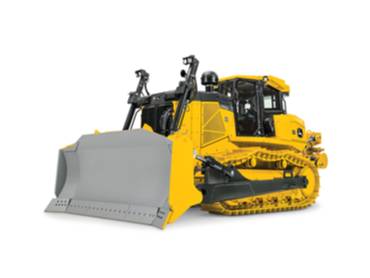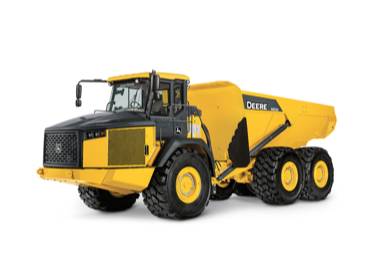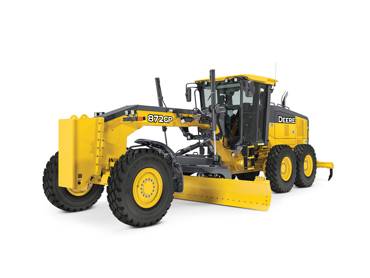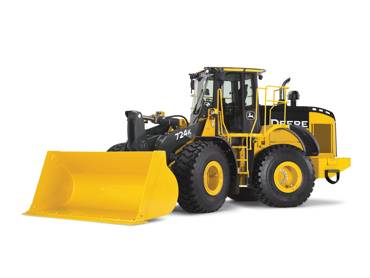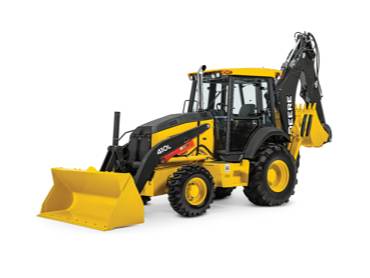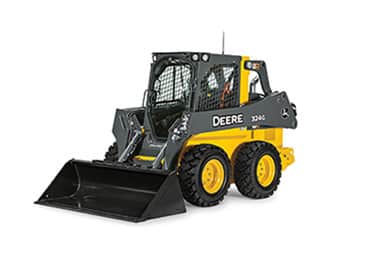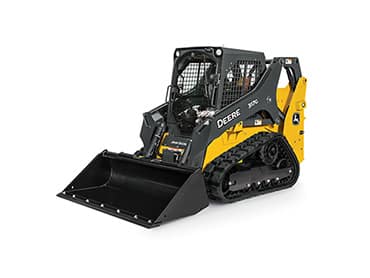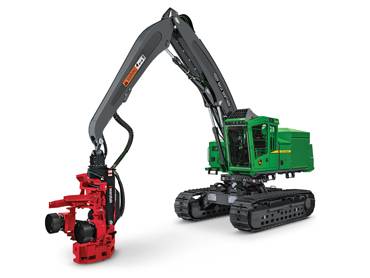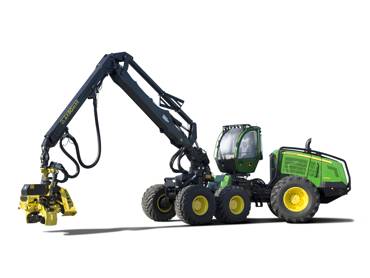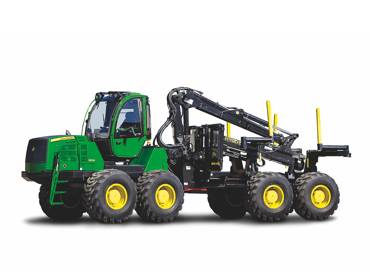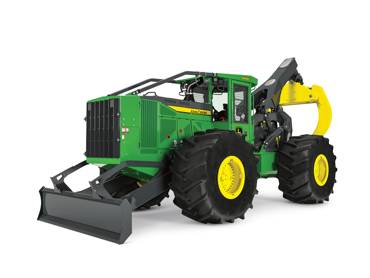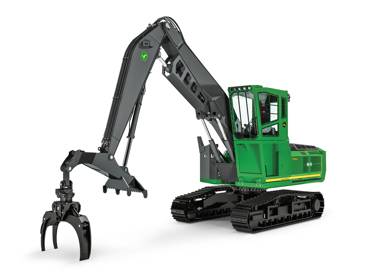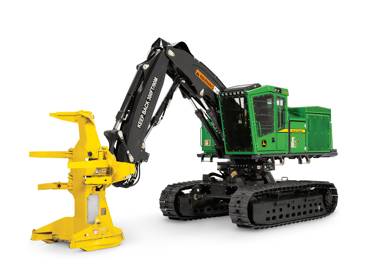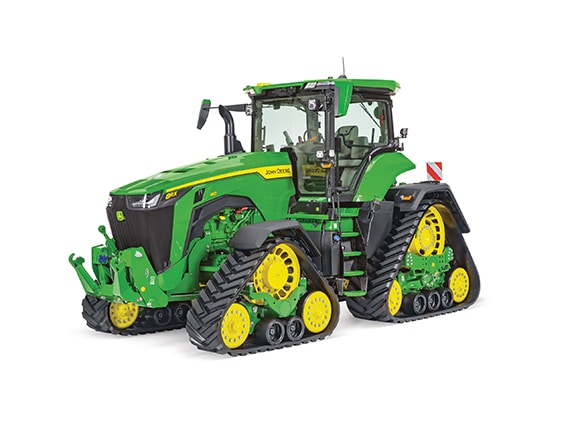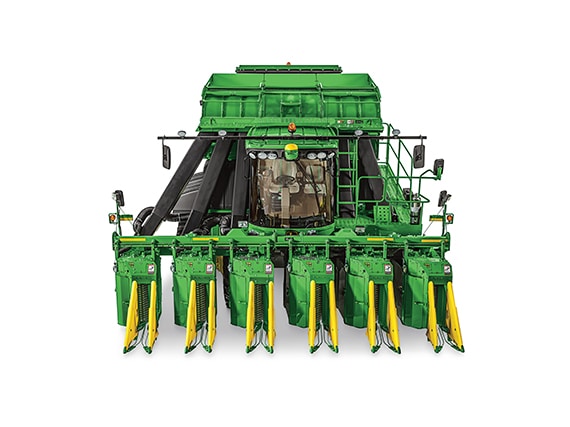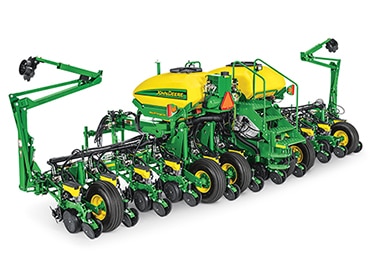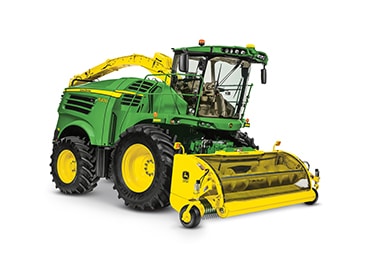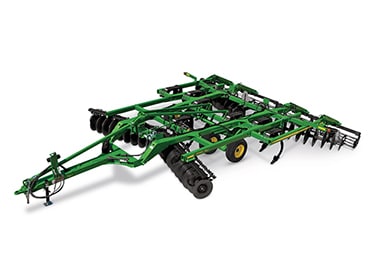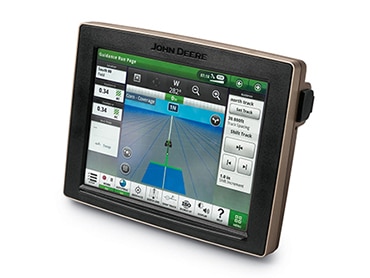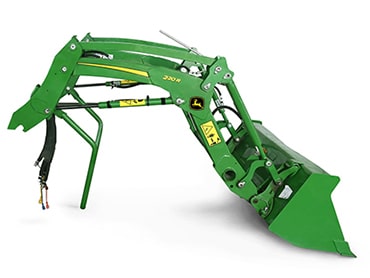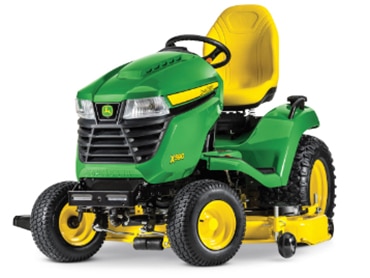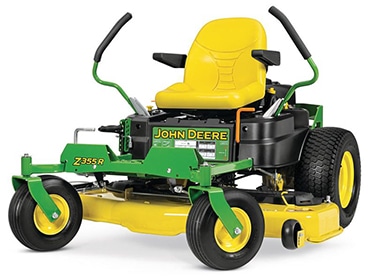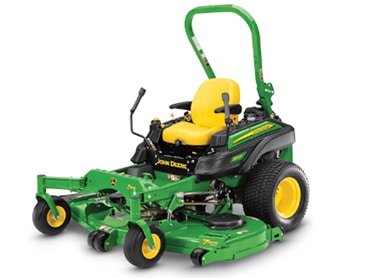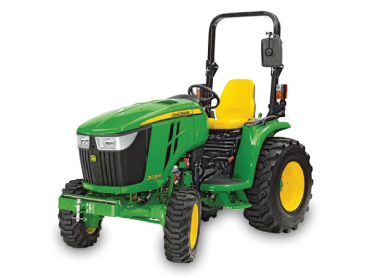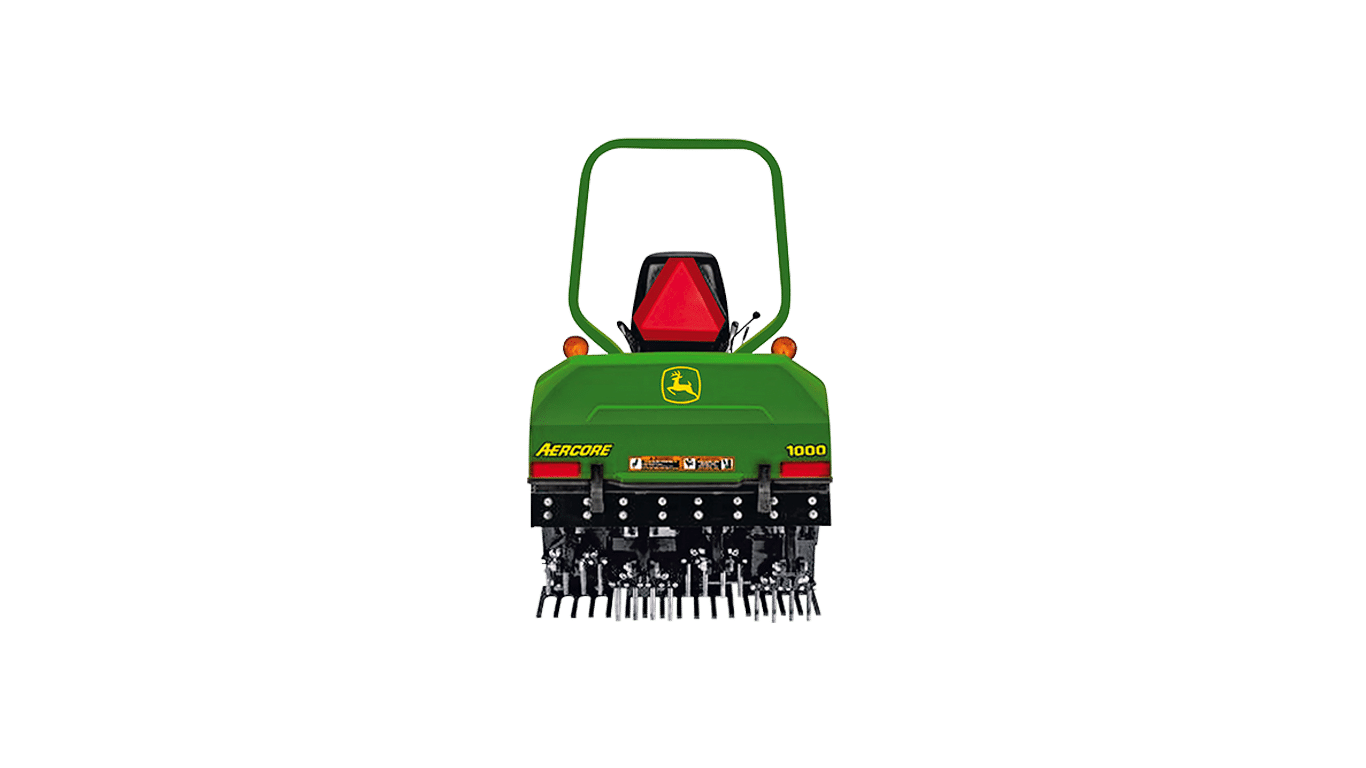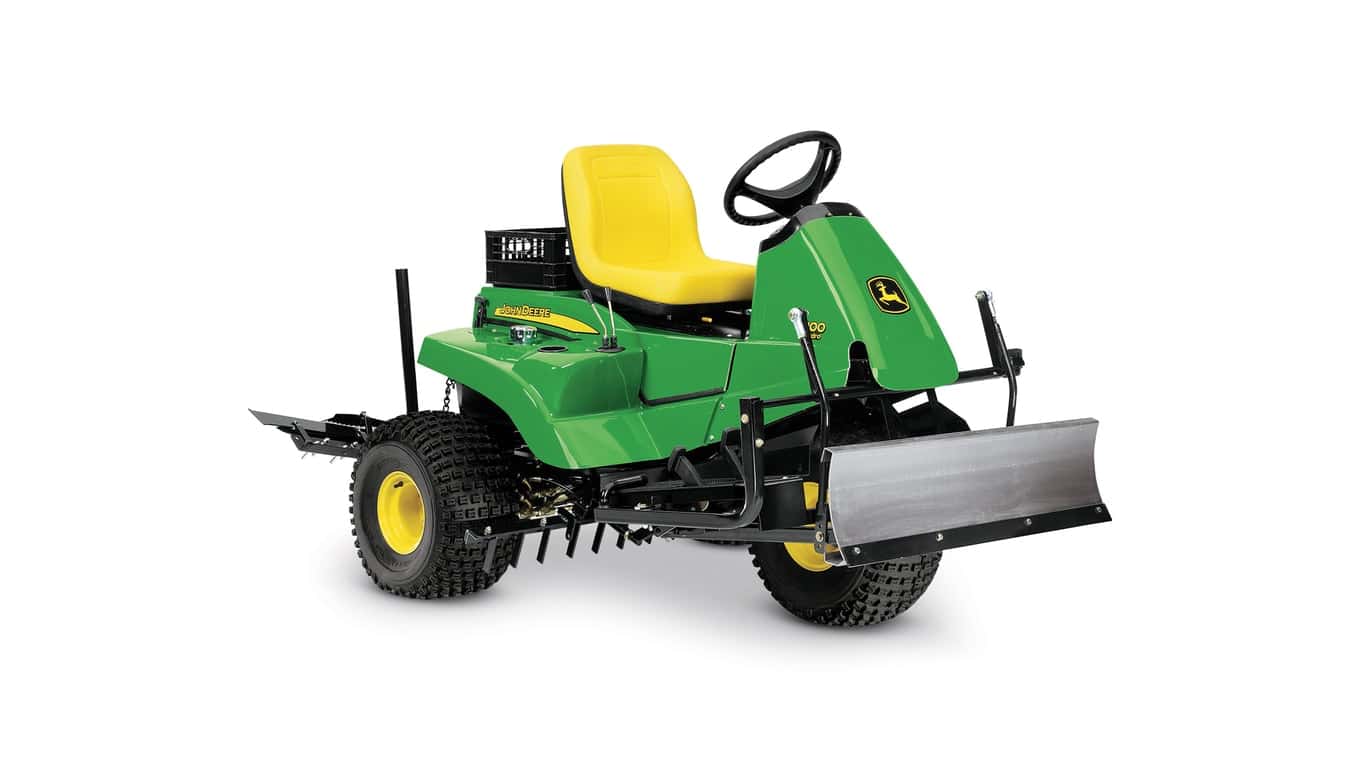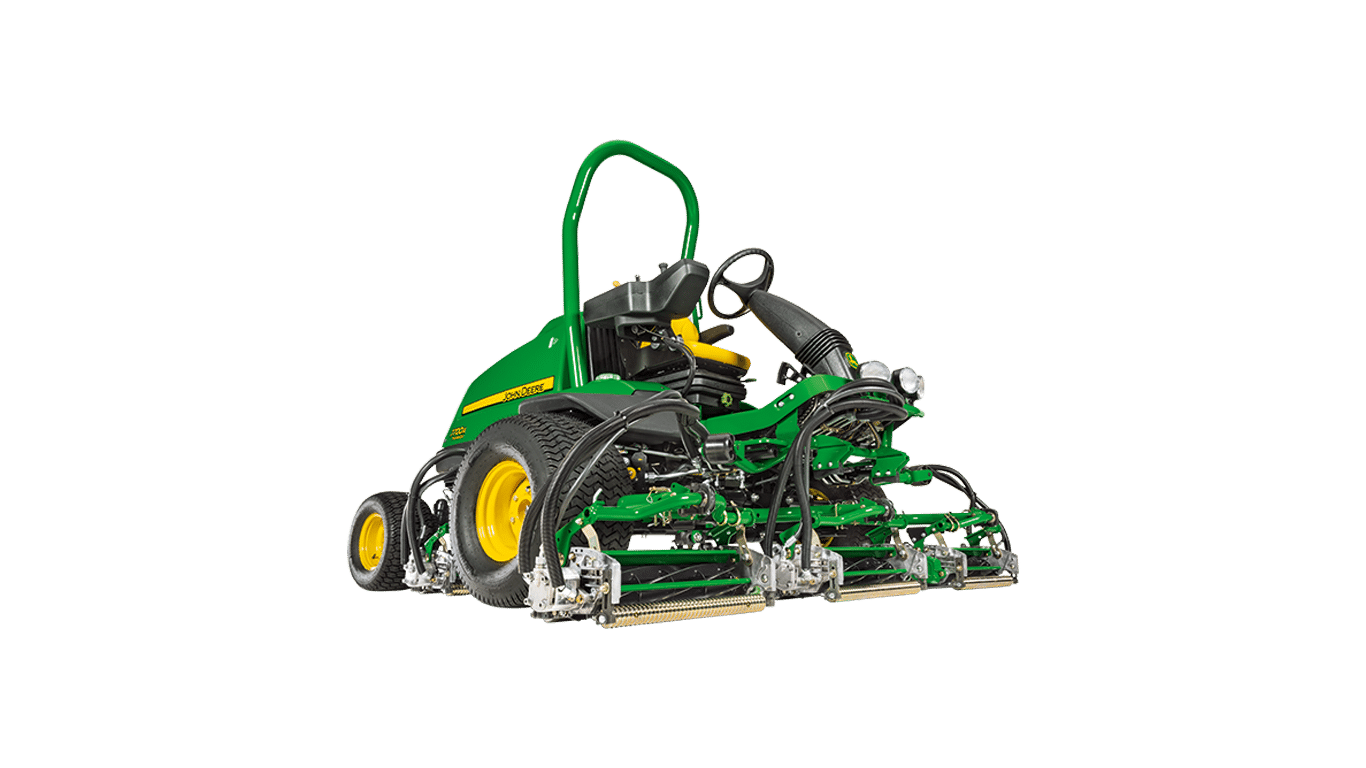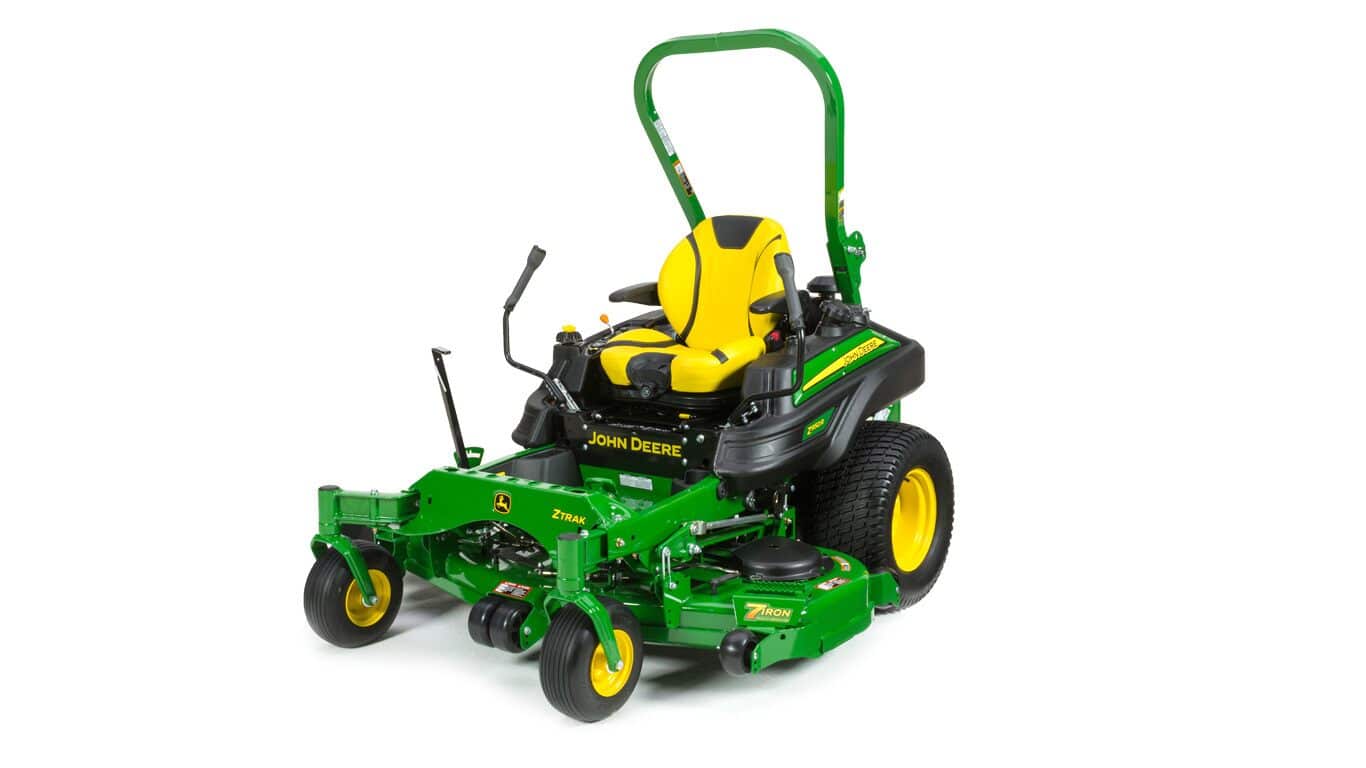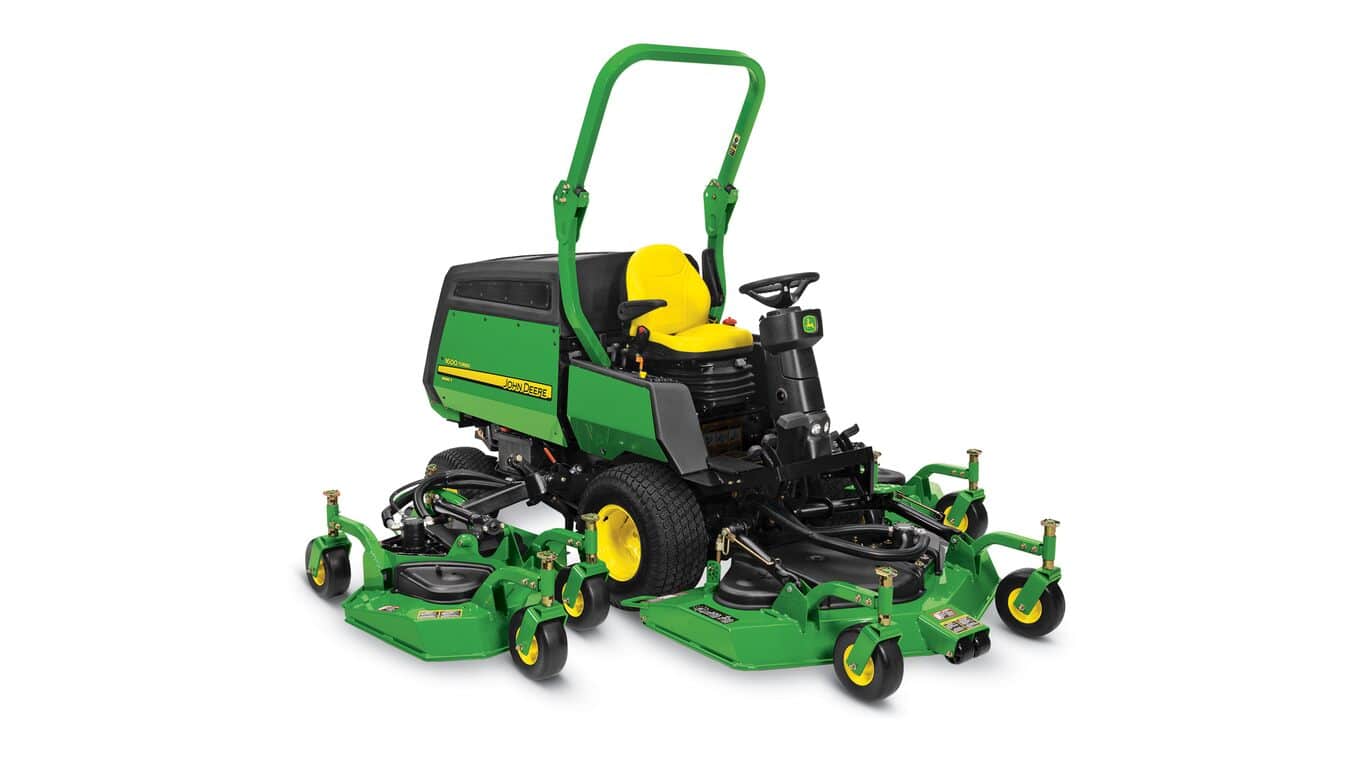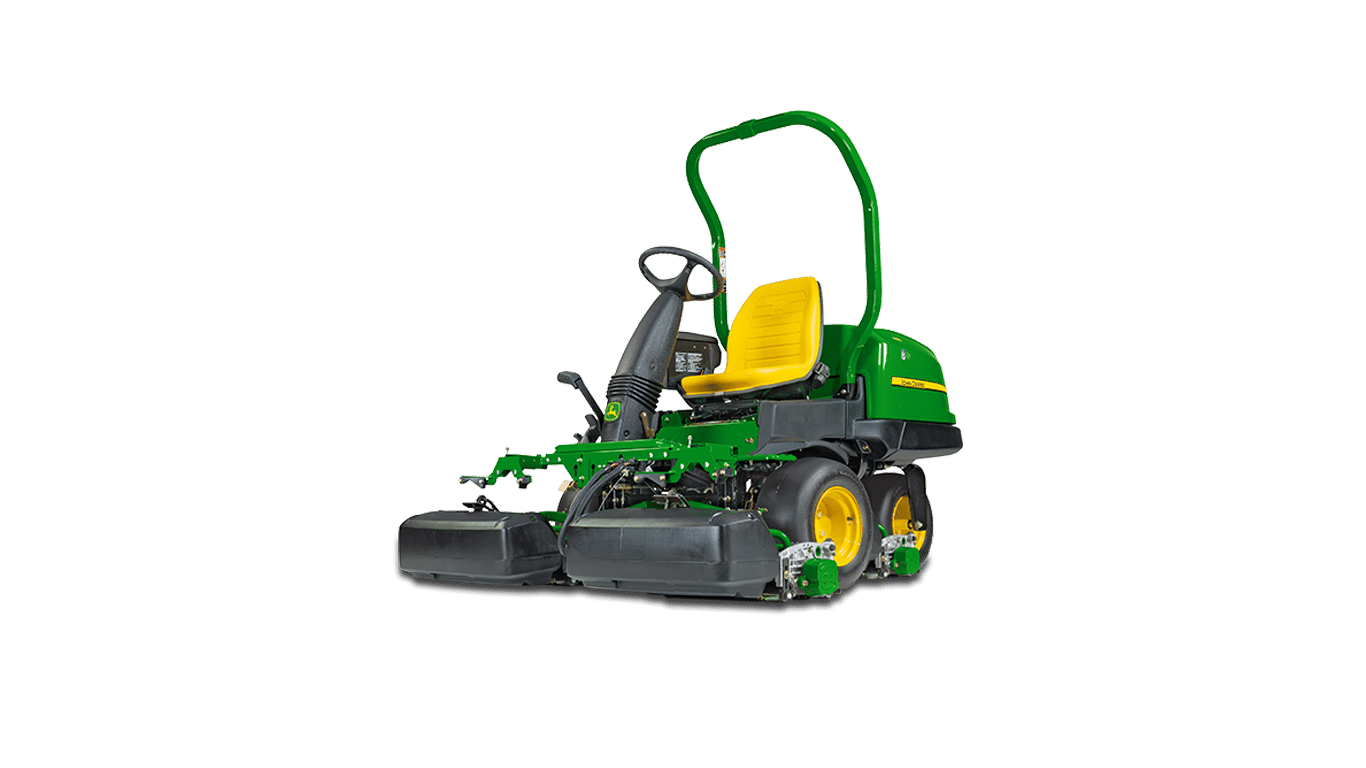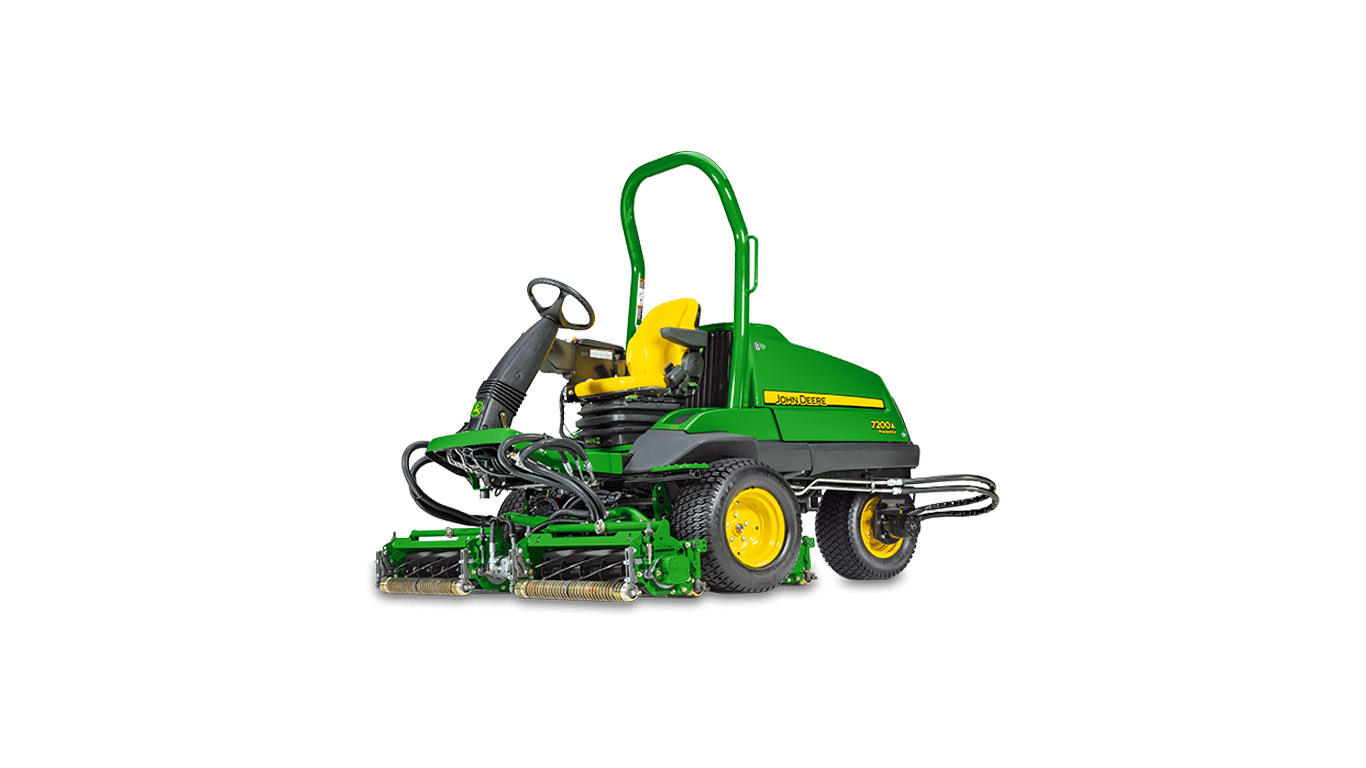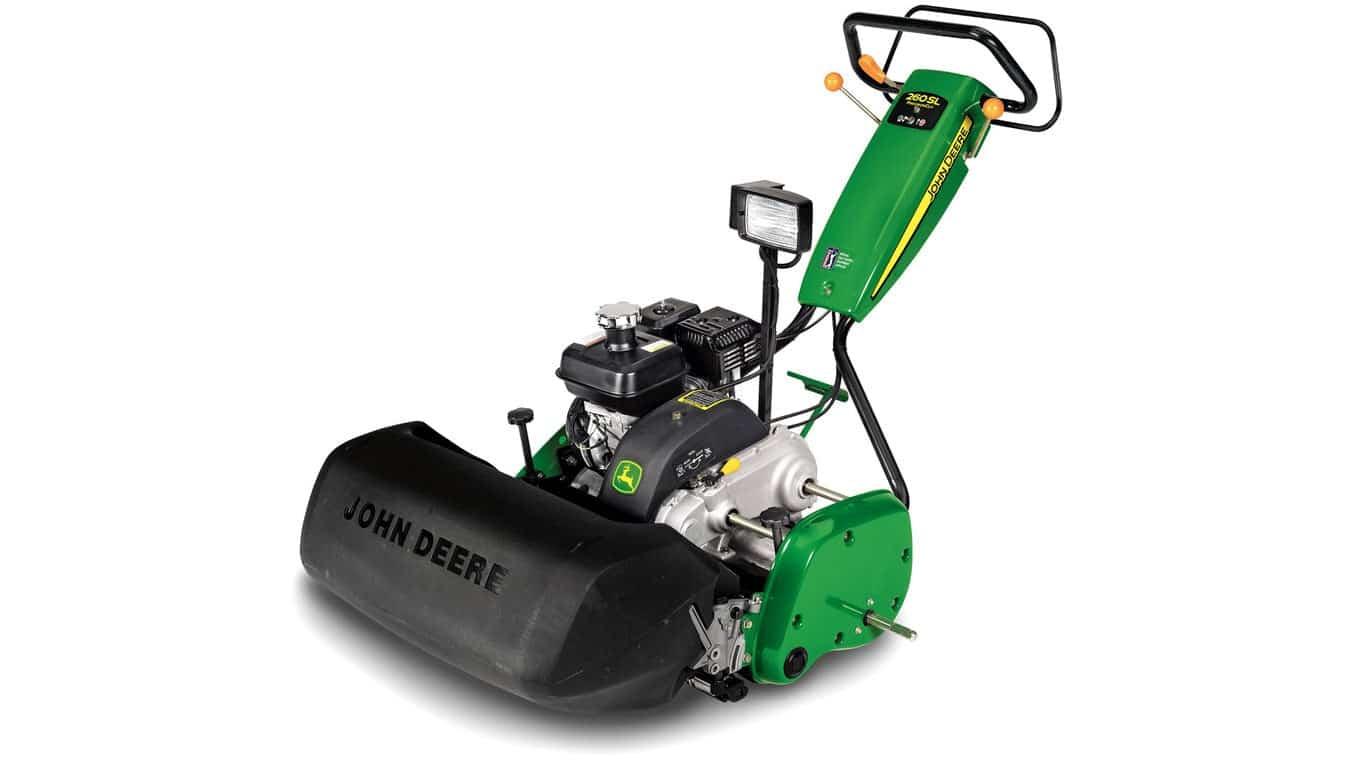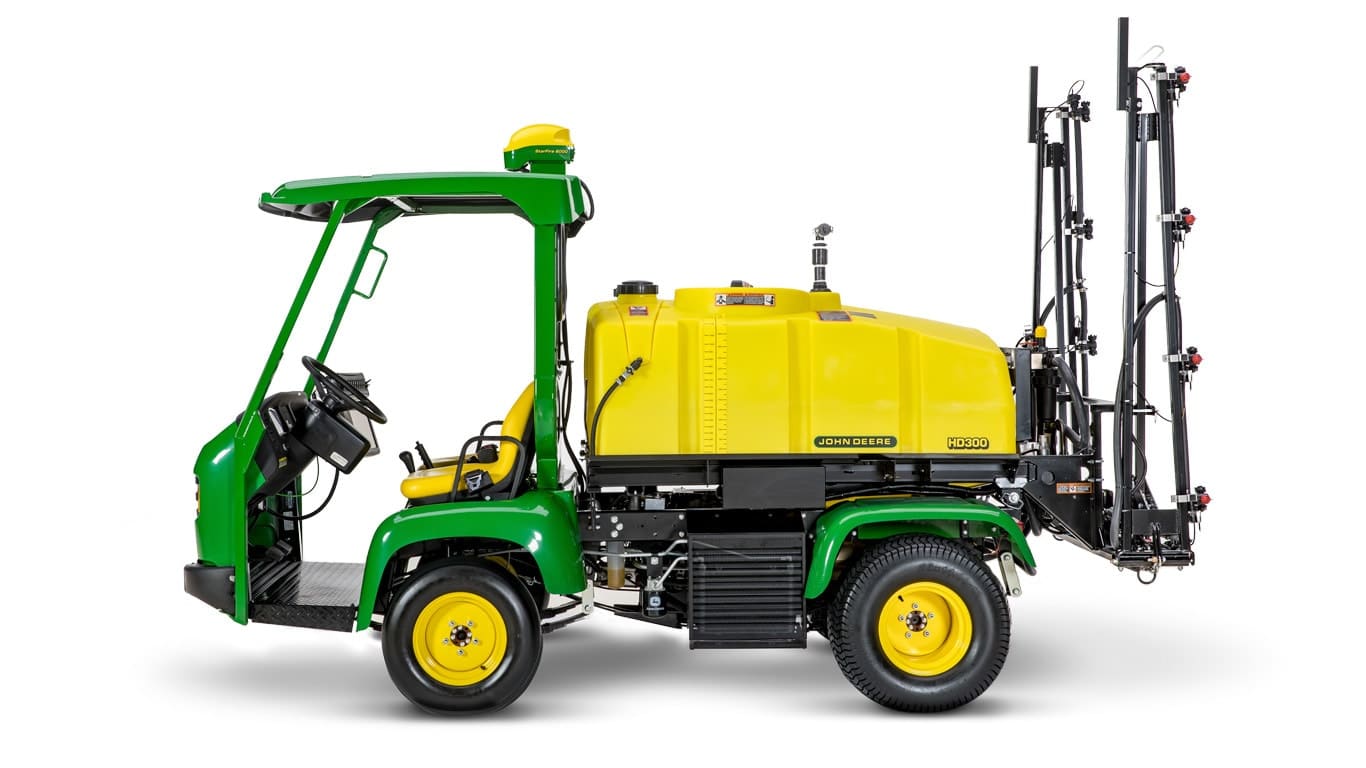- Faster pull-in time and improved performance in shaded conditions
- Choose from a range of differential correction levels from 15 cm (6 in.) to +/- 2.5 cm (1 in.)
- Get in-season repeatability throughout the growing season
- Rapid recovery feature can quickly re-acquire lost signals
With faster pull-in times, better accuracy, and in-season repeatability, the new StarFire 6000 Receiver and SF3 differential correction signal can improve your bottom line.
Features
StarFire™ 6000 Receiver
The John Deere StarFire 6000 Receiver is an enhanced replacement for the StarFire 3000 Receiver and expands on the value that precision agriculture growers have come to expect from StarFire products. The StarFire 6000 Receiver implements an improved antenna, the latest in Global Navigation Satellite System (GNSS) signal processing technology, and a differential correction signal. This technology adds up to improved performance and uptime as well as lower cost of operation when paired with precision agriculture systems such as AutoTrac™ assisted steering system and John Deere Section Control.
Selecting the right correction signal
As equipment gets larger and margins tighter, accuracy of in-field operations and input placement is more critical than ever.
When making a pass in a field, traveling from one end of the field to another, the position accuracy of the return pass is critical. Pass-to-pass accuracy means the planter guess rows will be accurate and subsequent passes are less likely to result in crop damage.
Repeatability defines how accurately the receiver calculates its position over a relatively long time window.
Get started faster with improved pull-in performance
The StarFire™ 6000 Receiver offers 66 percent improved pull-in performance, SF2 versus SF3, compared to its predecessor. The StarFire 6000 Integrated Receiver offers an additional 33 percent improvement in SF3 pull-in compared to SF3 on the current StarFire 6000. This means the operator spends less time waiting for the receiver to achieve full accuracy and can start high-precision jobs like planting and nutrient application even faster. It also means less time waiting to reacquire full accuracy after an extended shading event, such as running next to trees while planting headlands.

 MyDealer:
MyDealer: